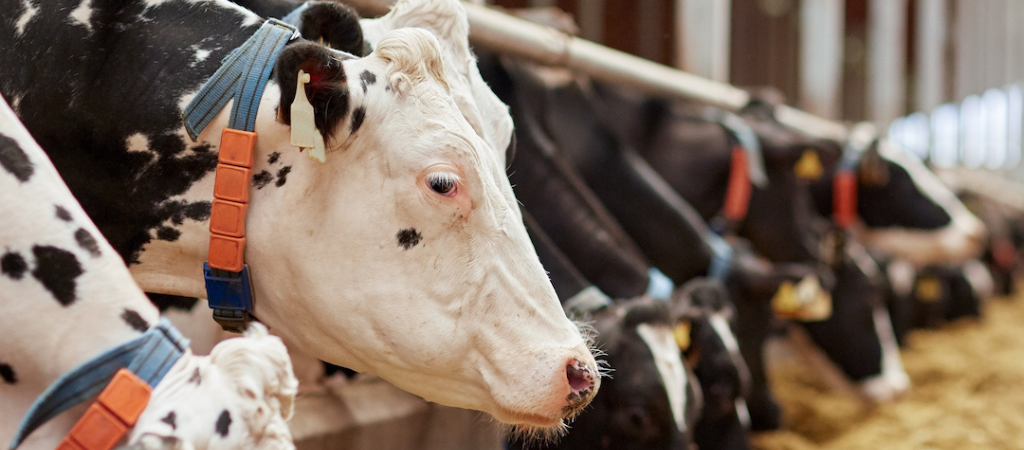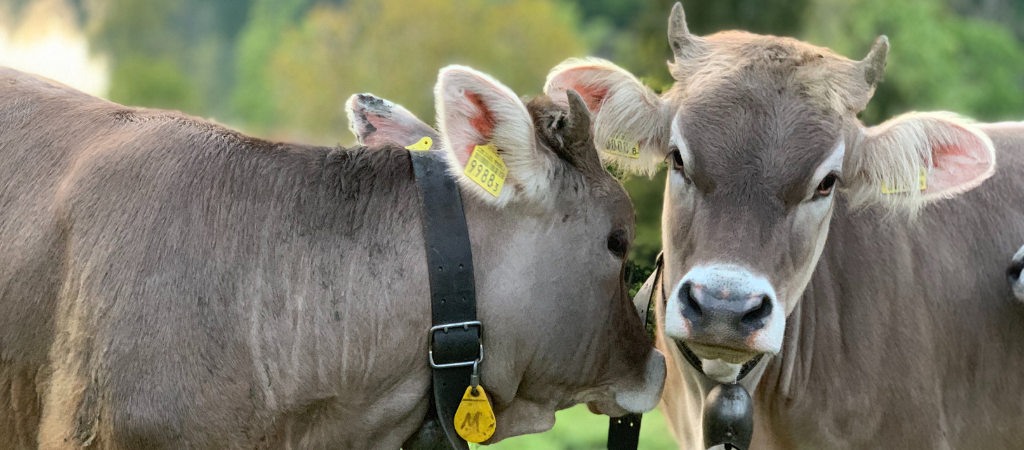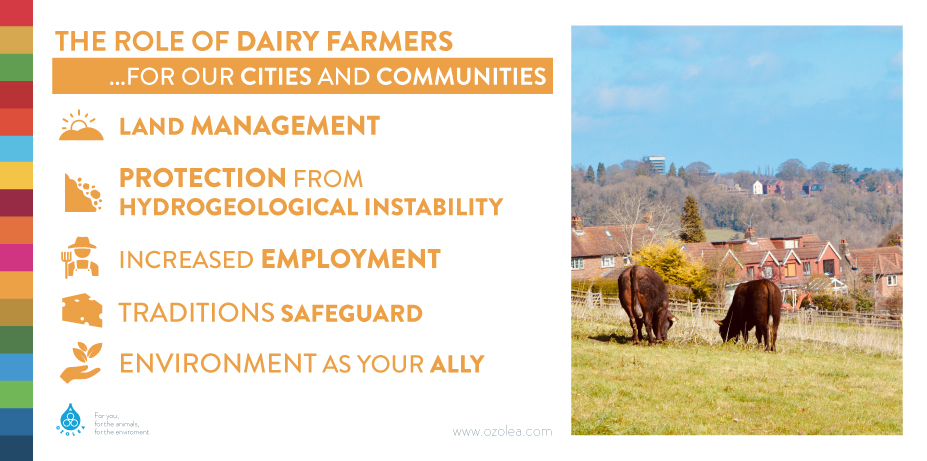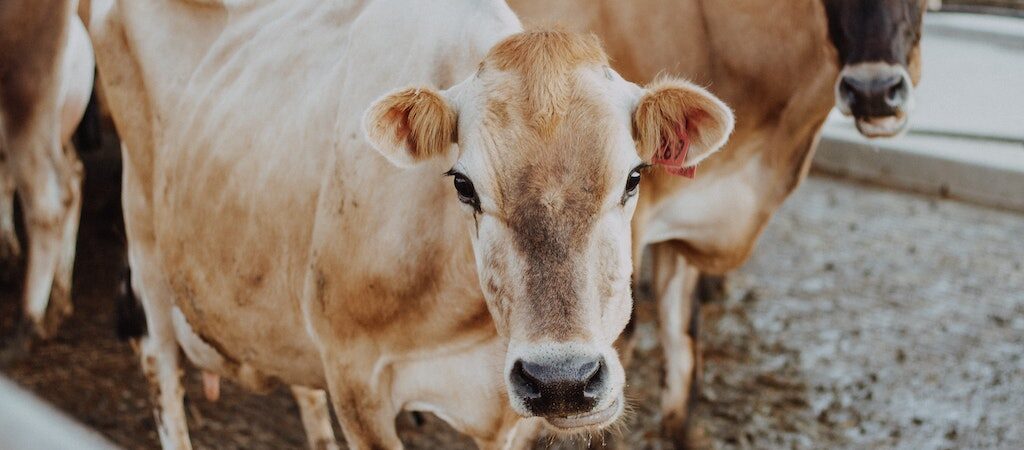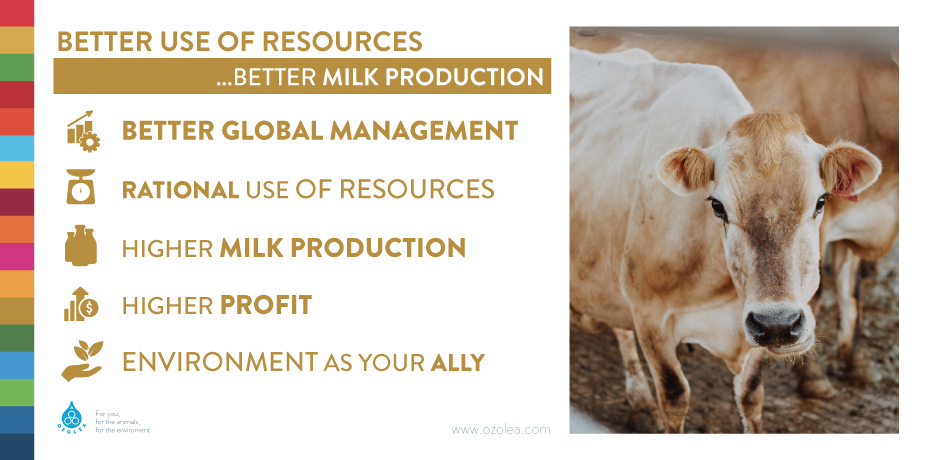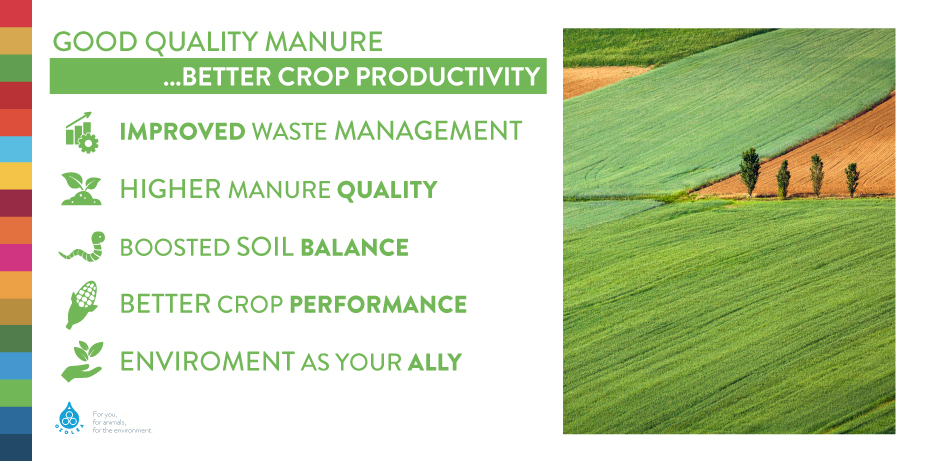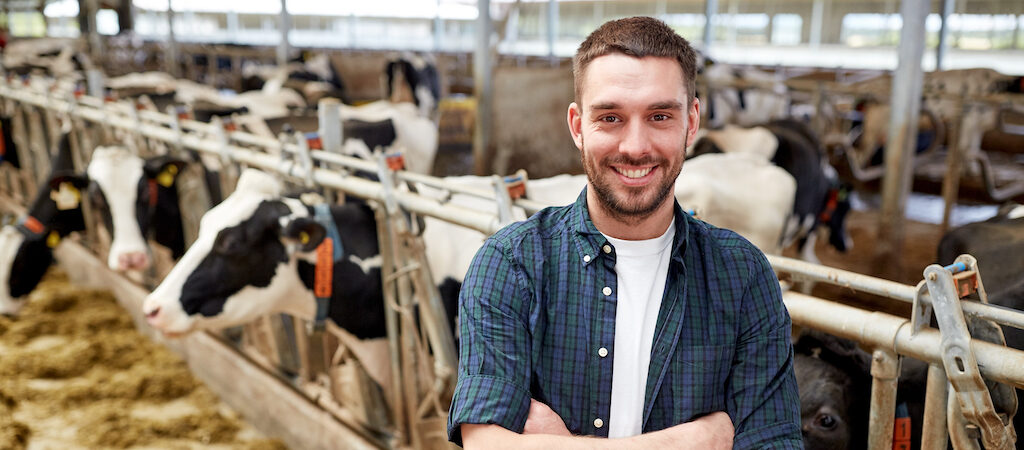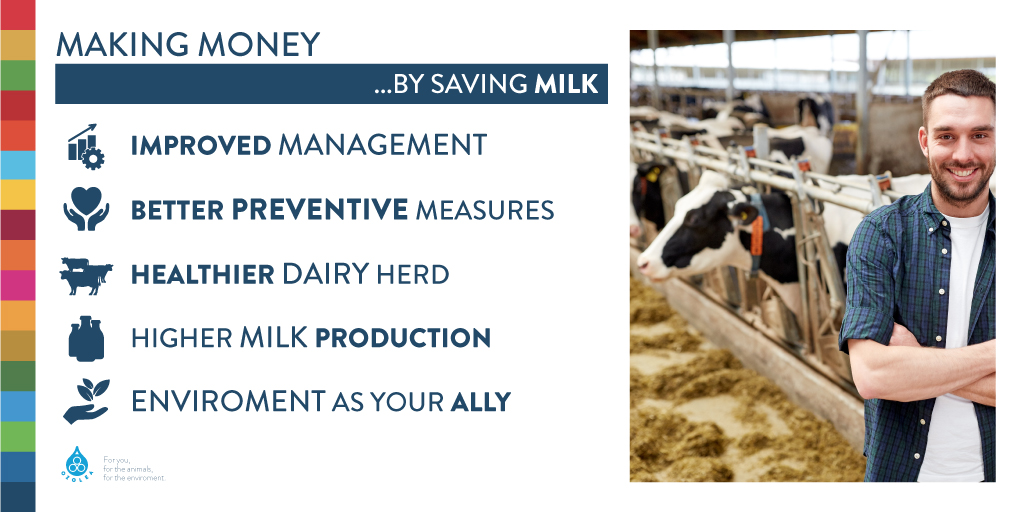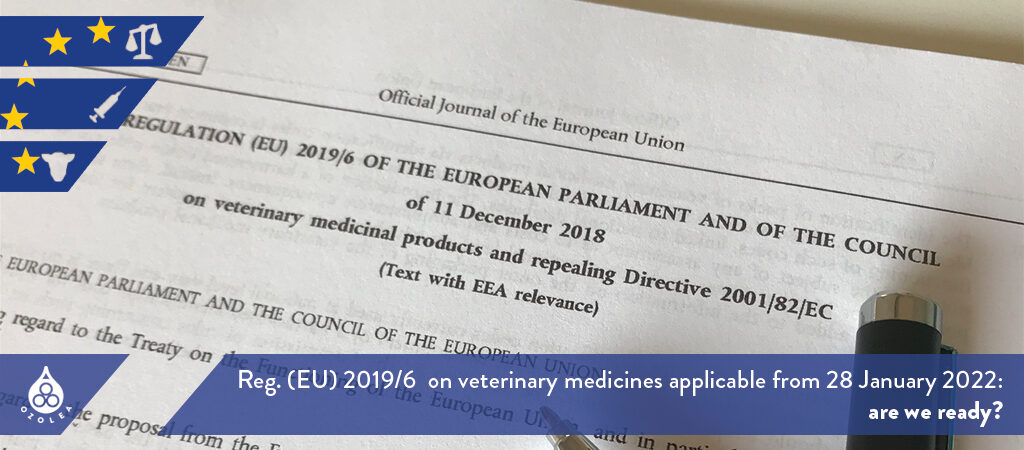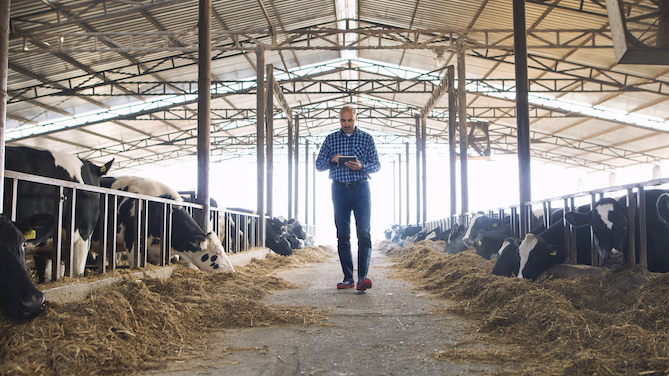June 11th, 2023 is a key date for US dairy farmers, as some antibiotics used for treating diseases in food-producing animals will change their status from “over-the-counter” (OTC) to “prescription” (Rx). This means that dairy farmers will no longer be able to get some mastitis treatments, such as mastitis tubes or penicillin, without prescription.
Specifically, these changes concern certain medically important antimicrobial products. FDA has implemented a list (available here) with the product that will be affected and will be sold only on prescription.
This is the result of the implementation of Guidance for Industry (GFI) #213. Since 2017, FDA has worked to reduce the use of important antimicrobials in food-producing animals, first on those administered in feed or drinking water, now on other dosage forms (such as injectable products).
Milk producers are called upon new effort that will further boost the great achievements in terms of antibiotic usage reduction of the past years. The final aim is extremely important: protecting medically important antibiotics and tackle the development of antibiotic resistance1.
A new challenge for farmers, particularly if we think that mastitis is one of the main reasons for antibiotic usage on farms. What possible strategies could milk producers implement on farms to prevent and control mastitis, while reducing the occurrence of most severe cases?
Once again, the golden rule will be overall efficient herd and environmental management to reduce contamination and possible udder infections.
Defining and developing a mastitis management plan is critical for the prevention and/or control of mastitis, working methodically and finding out any critical point that deserves higher attention on our dairy farms.
Mastitis can occur in dairy cows at different severity levels. The ability to identify early signs of mastitis is crucial: we can achieve this goal by observing foremilk at stripping2 and the signs at cow and udder level, or by following electrical conductivity changes, thus allowing a timely intervention before full-blown mastitis.
Another aspect not to be underestimated is that not all mastitis cases need an antibiotic treatment. From his field activity, Mike Zurakowski, DVM (Cornell Quality Milk Production Services) was able to verify that around 85% of mastitis cases are mild or moderate. These are cases that do not require a systemic and immediate treatment: thus, waiting 24-36 hours for the treatment will not change the results. In this range of time, we evaluate for the autonomous regression of the disorder. The remaining 15% of cases should be treated immediately and systematically.
Moreover, milk cultures represent useful tools to determine what type of pathogens have caused infection at udder level. Culturing the milk helps us discriminate between contagious or environmental pathogens. It also gives clues about whether an antibiotic treatment is needed or not and, thus, what antibiotic must be applied, if needed.
This approach follows a pathogen-based treatment decision pattern for mastitis. It is extremely useful: it can contribute to the prudent use of antibiotics; it allows the farmer to save money on health care and labor expenses; it helps decrease antibiotic residues in the milk tank and minimize milk losses; it mitigates the risk of antimicrobial resistance since the treatment will be targeted and clearly established based on analyses.
Remember that some dairy cows will not benefit from antibiotic usage: we discussed this in “When dairy cows will not benefit from the use of antibiotics” (link here).
Combine efficient management with OZOLEA-MAST, non-prescription animal device!
In addition to efficient management, since 2020 US dairy farmers have been able to rely on a no-withdrawal, non-antibiotic and non-prescription product: OZOLEA-MAST.
OZOLEA-MAST is an animal device that achieves the function of support and protection of the mammary tissue through a physical mechanism. Thus, it does not rely on a chemical action: for this reason, it is a no-withdrawal product. Plus, it does not require veterinary prescription as it is not a veterinary drug, as for the classification stated by FDA3.
OZOLEA-MAST is a versatile product. You can use it both in lactating cows (early signs, high and chronically high SCCs, electrical conductivity changes, and many more) and for drying-off. Its versality fits well into a new environment requiring farmers to use antibiotics more prudently.
OZOLEA-MAST helps reduce the occurrence of severe mastitis cases when the disorder is caught at early signs. This means fewer cows in the hospital pen.
Get in contact with OZOLEA to know more about how OZOLEA-MAST can be part of your routine!
References
1 Efficacy of existing antimicrobials? Let’s support it by prudent use.
https://www.ozolea.it/efficacy-of-existing-antimicrobials-lets-support-it-by-prundent-use/
2 Early detection of mastitis: signs at cow, udder and milk level.
https://www.ozolea.it/early-detection-of-mastitis-signs-at-cow-udder-and-milk-level/
3 How FDA Regulates Animal Devices.
https://www.fda.gov/animal-veterinary/animal-health-literacy/how-fda-regulates-animal-devices
For California only: the definition of the so-called “livestock drugs” is quite different from that stated by the FDA and requires a specific registration also for animal devices. OZOLEA-MAST obtained the registration in March 2023.

